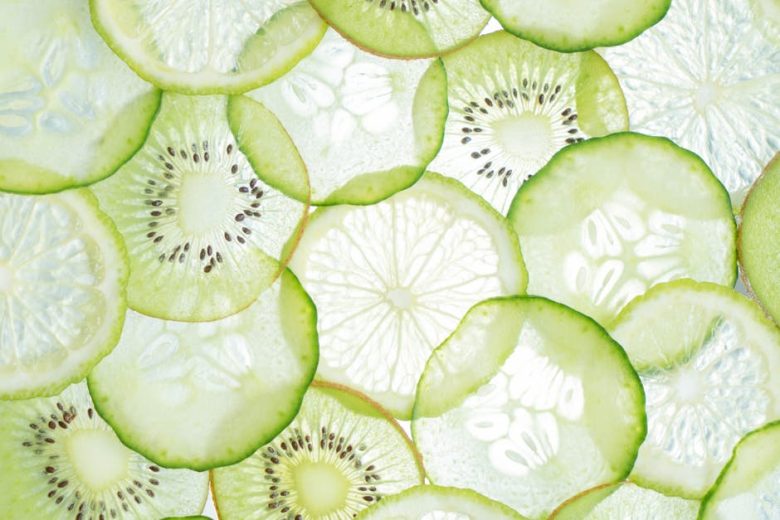In the ever-evolving world of agriculture, two prominent methods of growing plants have emerged as favorites among enthusiasts and professionals alike: hydroponics and soil gardening. Each approach offers unique advantages and challenges, making them suitable for different types of growers. Understanding the distinctions between these two methods can help aspiring gardeners choose the best option for their needs, whether they are cultivating a small herb garden or scaling up for commercial production.
Hydroponics is a soilless growing technique that relies on nutrient-rich water solutions to nourish plants. This method allows for precise control over nutrient intake, leading to faster growth rates and potentially higher yields. Conversely, soil gardening has been the traditional method of cultivation for centuries, utilizing the natural ecosystem of soil to support plant growth. While it may seem more straightforward and familiar, soil gardening can come with challenges such as pests, diseases, and varying soil quality.
One of the most significant advantages of hydroponics is the efficient use of space. Hydroponic systems can be designed vertically, allowing growers to maximize their output in smaller areas. This method is particularly beneficial for urban gardeners or those with limited outdoor space. Additionally, hydroponics often requires less water than traditional soil gardening, as the closed-loop systems recycle water, making it an environmentally friendly option for sustainable agriculture.
On the other hand, soil gardening offers the benefit of a more natural growing environment. The soil is a living ecosystem, teeming with beneficial microorganisms that can enhance plant health and resilience. Many gardeners appreciate the tactile experience of working with soil, as it provides a direct connection to nature. Moreover, soil gardening can be less expensive to set up initially, as it often requires fewer specialized materials and equipment compared to hydroponic systems.
When it comes to maintenance, hydroponics can require more technical knowledge and regular monitoring. Growers must ensure that nutrient levels, pH, and water quality are maintained to prevent plant stress. This can be daunting for beginners who may not have experience with these parameters. In contrast, soil gardening can be more forgiving, as the natural soil structure can help buffer against nutrient fluctuations and provide a stable environment for plants.
However, hydroponics can yield faster results, making it an attractive option for those seeking quick returns on their investment. With optimal conditions, plants grown hydroponically can mature in a fraction of the time compared to their soil-grown counterparts. This rapid growth can be particularly advantageous for commercial growers looking to maximize productivity and profitability.
In conclusion, both hydroponics and soil gardening have their merits, appealing to different types of gardeners based on their goals, resources, and preferences. Hydroponics offers a modern, efficient approach with the potential for higher yields and quicker growth, while soil gardening provides a more traditional, natural method that many gardeners find rewarding. Ultimately, the choice between these two methods will depend on individual circumstances, but understanding their differences can help gardeners make informed decisions about their growing practices.



